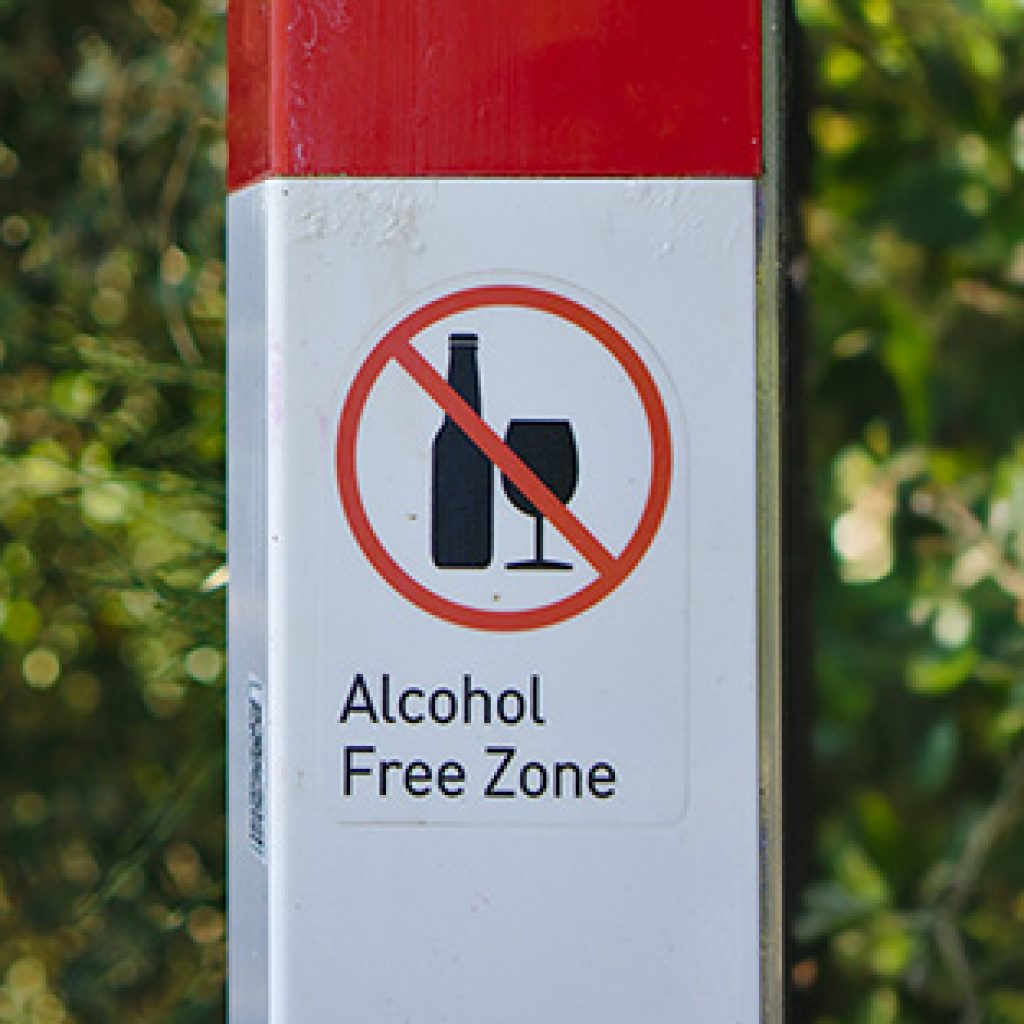"Prevention Specialist Certification” What Is It and Why Do I Need It?
Prevention Specialist Certification:
What Is It and Why Do I Need It?
10 Reasons to Become a Certified Prevention Specialist
The Prevention Specialist (PS) credential was established in 1994 and is a rapidly growing discipline that fits well with many fields. In fact, as the formal prevention field is relatively young, many who work in prevention have other professional credentials. Because of the overlap with numerous fields and its application to substance use disorders, mental health disorders, violence, crime, and a host of other problems that communities face, there are many reasons why getting this credential is important. Here are a few:
- To understand the theories and history of prevention: James Baldwin said “Know from whence you came. If you know whence you came, there are absolutely no limitations to where you can go.” Knowing for instance, that historically prevention evolved as an offshoot of the treatment field is useful for understanding why people sometimes have difficulty differentiating between the two completely different fields—and goals–of treatment and prevention. Knowing the zeitgeist, or cultural context, of the evolution of prevention over the years provides just one avenue for identifying where progress has been made and where to focus new efforts. One good example of this is that early in the field of addiction it was viewed as a moral failure. Most people currently understand that addiction is a multi-faceted disorder that can be successfully treated.
- To develop and maintain the knowledge, skills and abilities for successful prevention programming: It is natural for people see the efforts in any field or profession in simple and generalized terms. But as the idiom goes, “the devil is in the detail.” Development of specific knowledge, skills and abilities is what makes prevention successful. Anybody can develop a prevention program, but only someone who has certain knowledge, skills and abilities can develop an effective prevention program that is a working part of a collaborative community.
- To network with other prevention professionals and build the prevention workforce: To become part of the body of prevention professionals enables all to benefit from the successes, mistakes, wisdom, and experience of colleagues. The information exchanged and the partnerships built are invaluable for the professional development of individuals and for the development of the field.
- To keep current in the field of prevention: Professional development is “part and parcel” of any profession. There is no substitute for reading the latest research and learning new theories and strategies. As a field evolves through continuing education, so do its professionals, in order to provide the highest quality services.
- To be guided professionally by an established ethical code: Not only is an ethical code meant to guide and protect members of a profession, it also serves as a way to protect the public from behaviors that will harm them and as a way of disciplining members, should it be necessary. Part of any profession is submitting oneself to the guidance and (potential) peer review of an ethical code. An ethical code helps define a professional discipline.
- To learn how prevention supports a stable and healthy life for all people: Learning how to adapt or create programs and activities for people of all races, cultures and ethnic minorities is critical to providing equitable programs.
- To establish a career, credibility and a reputation or identity: The field of prevention is separate from treatment and recovery and other behavioral health fields. The unique skills and qualifications provide credibility and a professional identity. As a qualified prevention provider, visibility, accessibility, and confidence in your ability increases for the public and employers–as well as for yourself! This enables a prevention professional to advance within the profession on a career path rather than move from job to job.
- To be recognized as having a basic standardized level of competence: Basic entry level competence and levels of educational attainment help in making employment decisions by providing standards for creating descriptions of professional position duties, levels of duties, and establishing progression through levels of employment.
- To meet employer, government or funding source requirements: Standardized credentials helps employers to comply with local, state, and federal regulations and coordinate with a variety of industries and agencies.
- To be in a position to assume responsibilities of being a member of the prevention field: Being a credentialed member of a profession puts a person in the position of being able to effectively advocate for the field. One of the responsibilities of being a member of a profession is to be an active participant. There are a variety of ways each professional might choose to do this. Some may choose to be part of the bigger picture, serving on relevant boards or committees. Others may help educate legislators or professionals of other fields. Some may choose to become supervisors who can mentor new members of the field or provide internships or volunteer opportunities. As a prevention professional, one can choose how best to assume those responsibilities and give back to the field.
For Nevadans and others who would like more information about the credentialing process, the following sites may be useful:
International Certification & Reciprocity Consortium (IC&RC)
For more information about prevention read the following posts from our Catalyst archive:
Why Does National Prevention Week Occur in May?
Additional articles with a main focus on prevention
CASAT Training will provide a 4-day workshop, Substance Abuse Prevention Skills Training (SAPST), in Las Vegas, Nevada on January 27-30, 2019 from 8:30 AM – 4:30 PM Pacific, and in Reno, Nevada on March 16-19, 2019 from 8:30 AM – 4:30 PM Pacific. These trainings are for practitioners new to the substance abuse prevention field and/or working in related disciplines. Participants will receive two certificates, representing a total of 31 training hours. These can be submitted to participants’ local credentialing authority toward prevention certification or re-certification. The learning objectives are:
- Define behavioral health and its relationship to substance misuse
- Describe the Strategic Prevention Framework, SAMHSA’s five-step planning model
- Identify the needs of vulnerable populations in order to improve cultural competency and more effectively address behavioral health disparities
- Discuss effective approaches to collaborating across sectors to sustain prevention outcomes
IMPORTANT NOTE: Completion of the free Pre-SAPST workshop is a prerequisite to this course. Please create an account and register for the pre-course.
Blog Post Tags:
Related Blog Posts
Related Learning Labs
Related Resources
.
- Buscar Tratamiento de Calidad para Trastornos de uso de Sustancia (Finding Quality Treatment for Substance Use Disorders Spanish Version)
- Finding Quality Treatment for Substance Use Disorders
- Focus On Prevention: Strategies and Programs to Prevent Substance Use
- Monthly Variation in Substance Use Initiation Among Full-Time College Students
- The National Survey on Drug Use and Health (NSDUH) Report: Monthly Variation in Substance Use Initiation Among Adolescents








